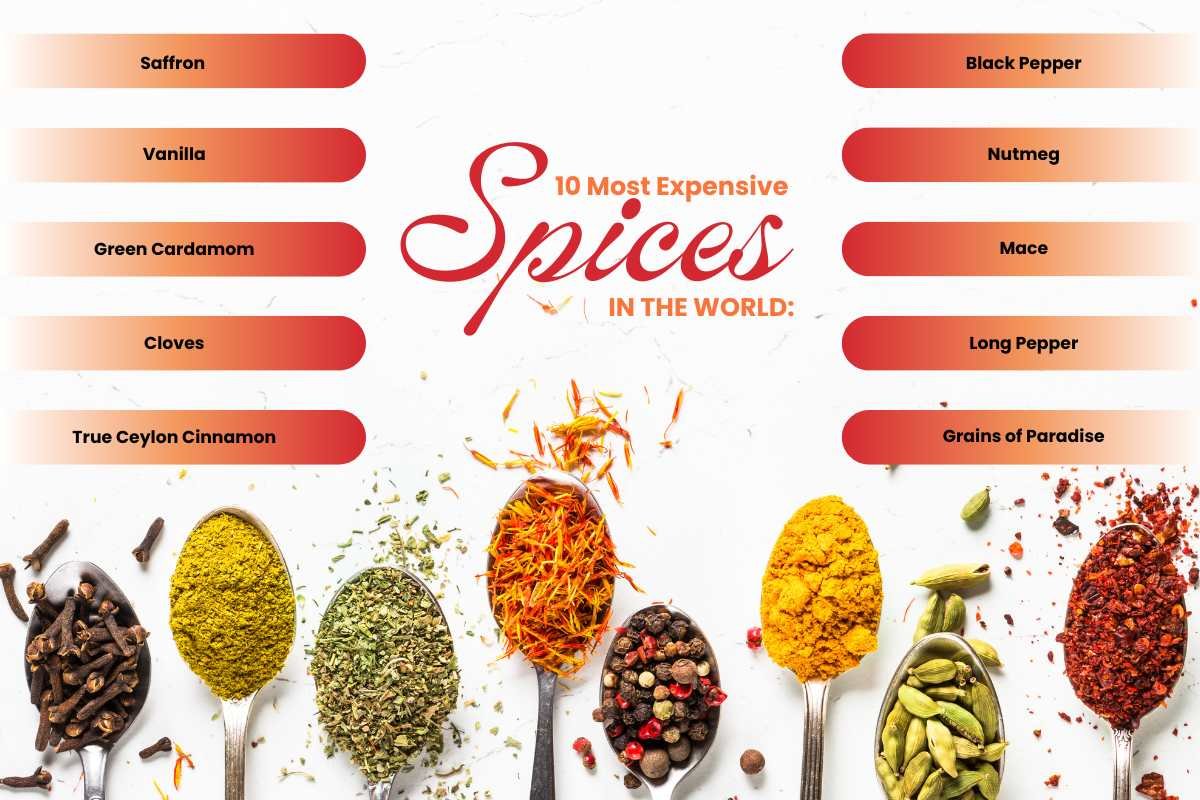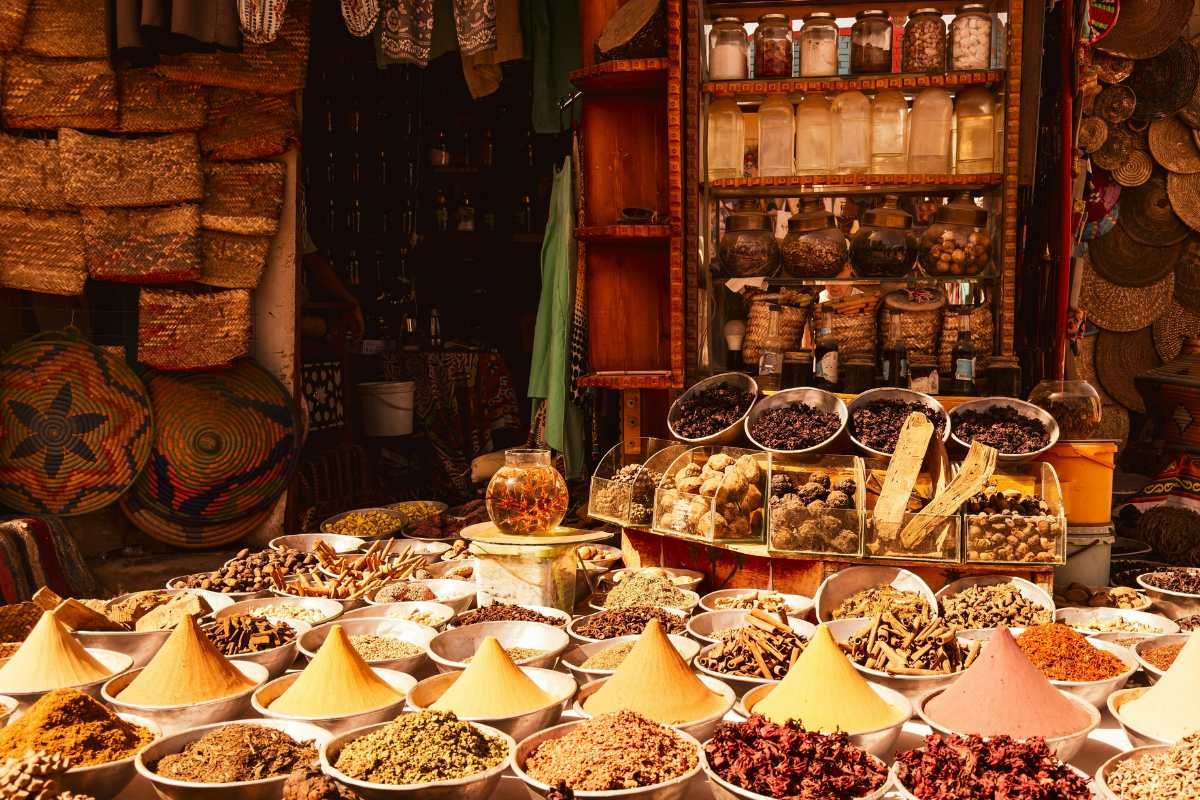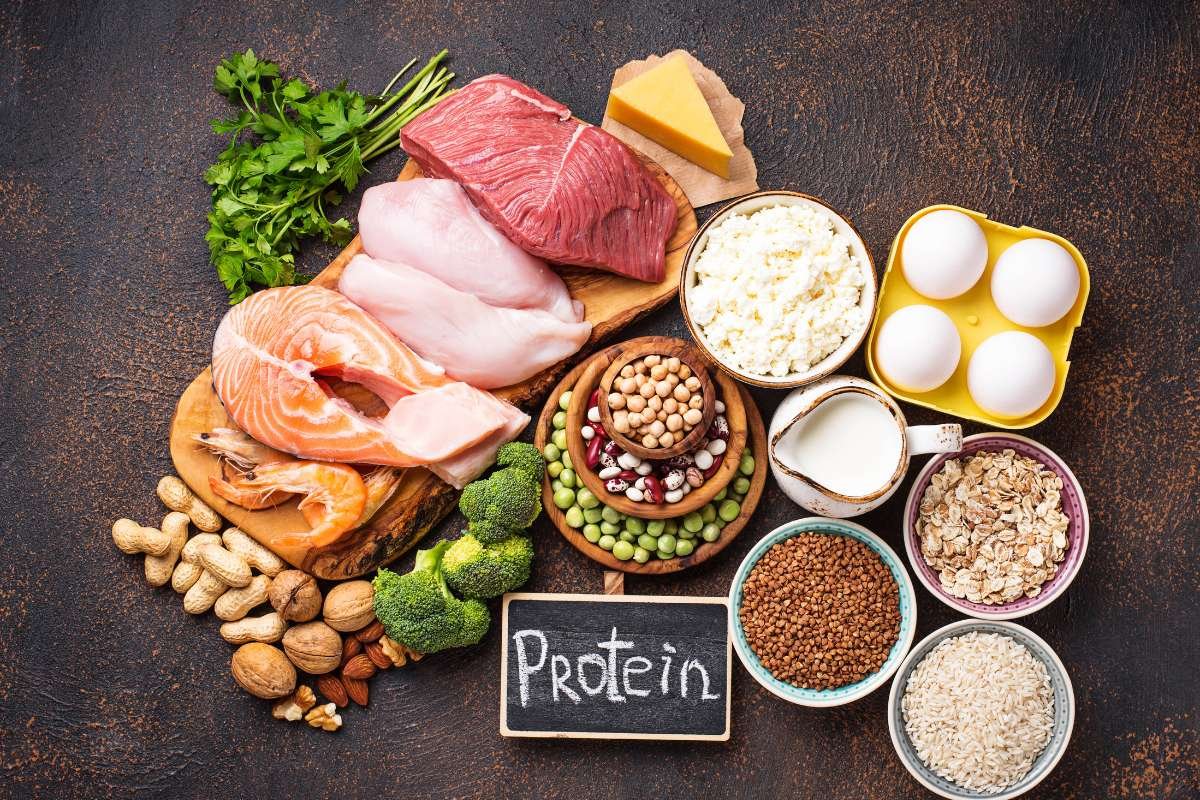The cost of a sprinkle of some spices is higher than the price of gold. Why does such a small amount of seasoning cost so much? The answer is tied to struggle in a complex global setting. That is the luxury & labor. The reasons behind the cost of the most expensive spices in the world. It comes down to struggling against rarity, labor, and the increasing global demand for their flavor.
These treasured ingredients start from the delicate saffron crocus to the vanilla bean. They are cured over several months. These spices are admired for their amazing history since the trade routes centuries ago. Get ready to learn about the interesting history. Along with the painstaking science behind their flavor profiles. And important information on purchasing and cooking with these gems at the peak of gastronomy.
What Makes Them the Most Expensive Spices in the World?
The high cost of the world’s most luxurious flavorings. It is due to a perfect storm of environmental constraints and intense human effort. Spices like saffron and cardamom thrive only in specific, rare geographic regions. Along with unique climates. This creates an immediate supply bottleneck.
Factors Driving Up Spice Prices
- Labor-Intensive Harvesting: The most significant cost driver is manual labor. Saffron requires picking the tiny stigmas from thousands of crocus flowers by hand. Similarly, vanilla beans must be hand-pollinated within a small window. And then carefully cured for months. This is a process that is time-consuming and meticulous.
- Climate Sensitivity and Yield Uncertainty: Spices are often climate-sensitive. They are also vulnerable to weather shifts. Droughts, erratic monsoons, or extreme weather events. Like the cyclones that affect Madagascar’s vanilla crop. It can severely reduce yields, instantly driving prices skyward.
- Storage, Transport, and Purity: Maintaining the quality, or purity, of valuable spices. Such as ground pepper or turmeric. It requires careful storage and processing. Adulteration is a common problem. Making certified pure products pricier. The long distances involved in transport from remote growing regions. This is what makes them the most expensive spices in the world.
Historical Context & Key Statistic
Historically, the pursuit of expensive spices drove global politics. And it gave rise to the Age of Exploration. The spice trade fueled the rise of powerful empires. Including the Arab kingdoms and the European East India Companies. Engaged in fierce conflicts to control the lucrative monopolies over these prized commodities.
According to the Food and Agriculture Organization (FAO). “Global demand for spices is estimated to increase by 6.5% annually by 2030.” This rapidly growing demand is against a backdrop of vulnerable supply chains. This only intensifies the upward pressure on spice prices.
Here are the 10 Most Expensive Spices in the World:
These are the world’s elite flavor agents. They are the top 10 most expensive spices. Each is a testament to rarity, labor, and history. They are commanding prices that reflect their unmatched culinary prestige.

1. Saffron
- Price: $5000/lb
- Origin: Iran
- Use: Luxury cuisines, medicines.
Harvested from the delicate stigmas of Crocus sativus. Saffron’s handpicking process and rare floral yield. This makes it one of the Most Expensive Spices in the World. Its earthy aroma and golden hue define royal delicacies.
2. Vanilla
- Price: $600/lb
- Origin: Madagascar
- Use: Desserts, perfumes.
Vanilla beans require meticulous hand-pollination and a months-long curing process. This results in a rich, creamy aroma cherished globally. Its production challenges earn it a place among the Most Expensive Spices in the World.
3. Green Cardamom
- Price: Up to $426/lb
- Origin: India/Guatemala
- Use: Aromatic curries, teas.
Known for its sweet, citrusy, and spicy notes. Green cardamom is hand-harvested and carefully dried. This adds both depth and cost to its global culinary demand.
4. Cloves
- Price: $450/lb
- Origin: Indonesia
- Use: Baking, medicines.
These unopened flower buds are dried to perfection. Offering a potent warmth and woody sweetness. Their strong aroma and labor-intensive collection keep cloves among premium spices.
5. True Ceylon Cinnamon
- Price: $400/lb
- Origin: Sri Lanka
- Use: Baking, beverages.
Made from delicate inner bark. Ceylon cinnamon has a subtle sweetness and smooth texture. Skilled artisans hand-roll each layer, symbolizing pure craftsmanship.
6. Black Pepper
- Price: $350/lb
- Origin: India
- Use: Universal seasoning.
Often called the “king of spices.” Black pepper’s rich, sharp flavor and precise hand-harvesting. This makes top-quality varieties particularly costly.
7. Nutmeg
- Price: $150/lb
- Origin: Indonesia
- Use: Baking, sauces.
Nutmeg’s warm, nutty aroma elevates both sweet and savory dishes. Extracting seeds from fruit manually contributes to its exclusivity.
8. Mace
- Price: $170/lb
- Origin: Indonesia
- Use: Baking, sausages.
Derived from the lacy outer covering of nutmeg. Mace offers a refined, spicy flavor with floral undertones prized by chefs.
9. Long Pepper
- Price: $416/lb
- Origin: India
- Use: Sauces, pickles.
Spicier and more complex than black pepper. Long pepper boasts notes of nutmeg and cardamom. Its rarity places it among the most expensive spices in the world.
10. Grains of Paradise
- Price: $200/lb
- Origin: West Africa
- Use: Seasoning, brewing.
These tiny seeds deliver peppery heat with citrus undertones. Labor-intensive harvesting and limited supply enhance their value.
Read Next:
- Why 3000-year-old Ayurveda is still among the Best Medicinal Practices?
- 15 Medicinal Herbs to add to your Garden
The Science behind their Value:
-.jpg)
The value of expensive spices lies largely in their unique chemical compounds. They are responsible for aroma, flavor, and medicinal qualities. For example, saffron’s key compound, safranal. This imparts its distinctive aroma and therapeutic antioxidant effects. Vanilla’s signature compound, vanillin. This delivers its sweet, creamy fragrance essential to desserts and perfumes. These phytochemicals create irreplaceable sensory experiences and health benefits. Making such spices highly sought after and costly.
Scientific studies recognize these compounds’ complexities. And their sensitivity to the environment and handling. This increases production challenges and price. Research organizations like the FAO and peer-reviewed studies. It underscores the importance of compounds like crocin, picrocrocin, and safranal in saffron. And eugenol in cloves for their strong bioactive properties. Such chemical uniqueness drives demand and underpins the market value of expensive spices. This confirms their enduring culinary and medicinal relevance.
Where to Buy the Most Expensive Spices in the World?

Trusted sources for buying the most expensive spices. They include specialty spice markets known for quality and freshness. Certified online retailers like The Spice House, Burlap & Barrel, and Amazon Gourmet. With local artisanal spice sellers who often offer organic and ethically sourced options.
When purchasing expensive spices, look for clear origin labels and organic certification. This ensures authenticity. Aroma quality is a key indicator of freshness and potency. To maintain longevity and flavor retention. Store spices in airtight containers away from direct sunlight, moisture, and heat. Buying whole spices and grinding them as needed. This also preserves their aroma longer. These buying tips help you get the best value from expensive spices. It also maximizes their unique flavor and culinary impact in your kitchen.
Conclusion
The Most Expensive Spices in the World have price points worth far more than mere currency. They also represent a global expanse of human effort and struggle. Along with conflict and complex scientific understanding. From the fragile stigma of a crocus flower to the sun-dried vanilla bean. These concentrated flavors, aromas, and health advantages offer the greatest return on investment. They are outstripping even the finest wines. By simply adding pleasure to our eating experiences. Upon investing in purchasing quality, authentic spices. One carries with them the very history of luxury and flavor. This has shaped entire civilizations over countless centuries.
FAQs:
1. How can I identify authentic expensive spices?
To identify authentic spices. Check for certified origin labels, organic seals, and a strong natural aroma. Pure saffron, for example, has deep red stigmas. This release color slowly in warm water. Buying from reputable suppliers also ensures authenticity.
2. What is the best way to store expensive spices?
Store your spices in airtight containers away from light, heat, and moisture. Whole spices last longer than ground ones. And keeping them in dark glass jars preserves flavor and potency for months.
3. Can I grow expensive spices at home?
Some spices like cardamom, turmeric, and pepper. They can be grown in warm, humid climates. But others, like saffron, require specific conditions. This makes home cultivation difficult. Successful growth depends on soil, temperature, and expertise.






